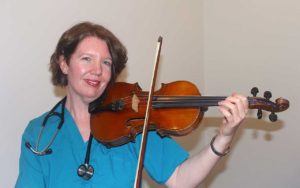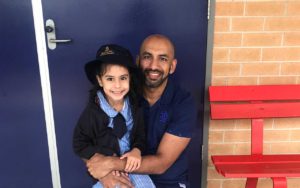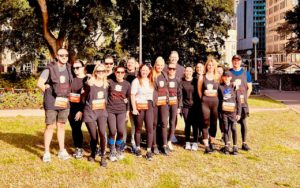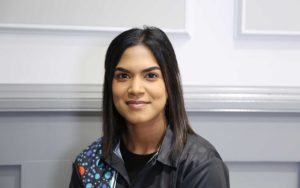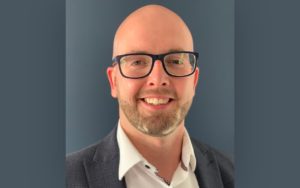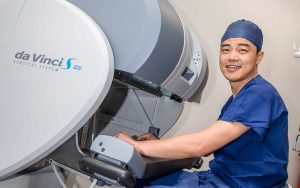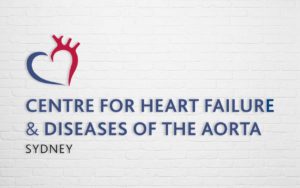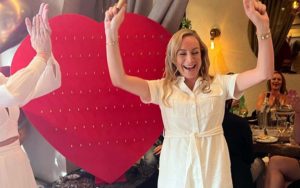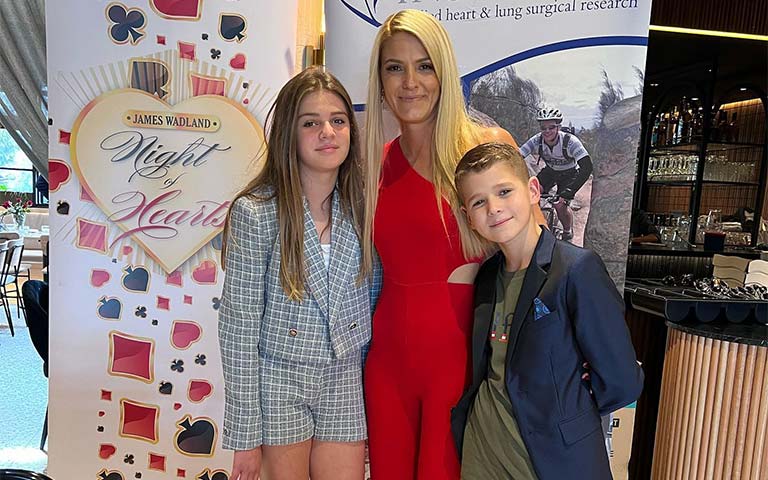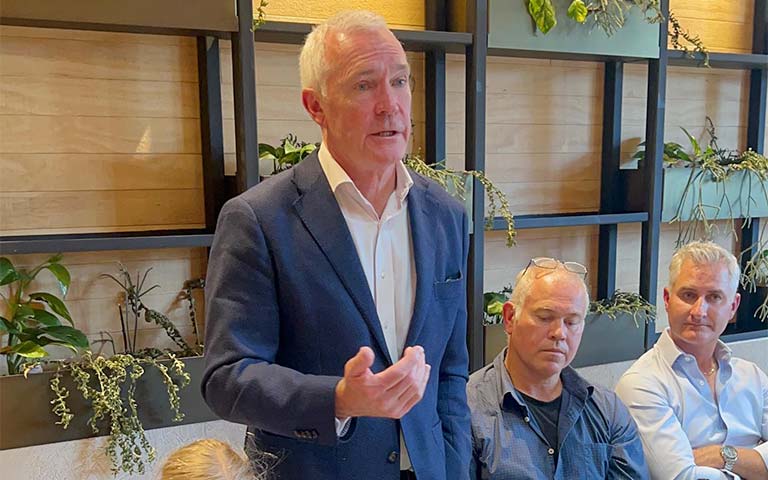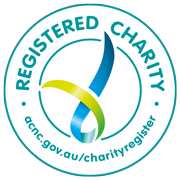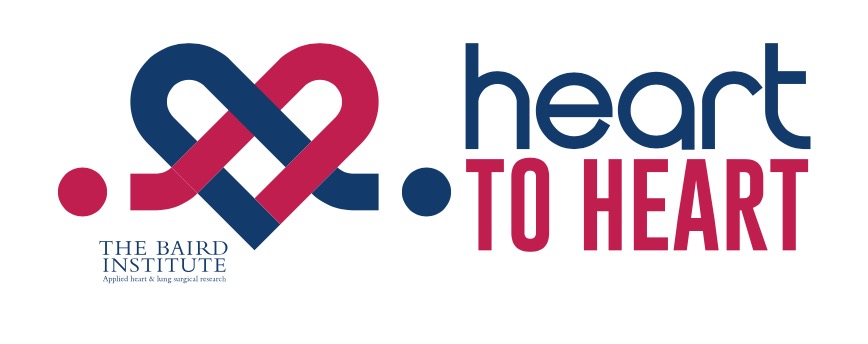Dr Louise Baird’s love of being in a hospital started as a young child when she would go with her father, Cardiac Surgeon, Professor Douglas Baird, to Royal Prince Alfred Hospital on Sundays. While he visited his patients pre-operatively, she would sit in the nurses’ office. These treasured childhood memories were to shape her life. She knew that her parents had met over a patient at the old Camperdown Children’s Hospital, where her mother worked as a paediatric nurse. When she later saw Doug’s Medicine graduation photo, she recognised her grandfather in the background. Doug’s former Physiology Professor was father of his future wife. It was from Louise’s grandfather that Doug had learned all his research skills during his BSc Med Honours year at Sydney University. It was as if featuring by chance in the photo was heralding future connections.
Louise Baird’s love of music started at a similar age. She remembers that when she was 5, she wanted to play the piano like her older sister. Luckily for Louise, a piano teacher lived behind them. From their backyard, she could hear students during their piano lessons, and longed to be playing the same pieces. She soon was. Louise’s musical aspirations grew when she heard a neighbour two doors down, playing the violin. Louise picked up the violin at the age of 8 and hasn’t stopped since. She has fond memories of playing in her school orchestra and in the Sydney Youth Orchestra.
When Louise was a 1st year medical student at UNSW, she heard of the Australian Doctors Orchestra playing in Sydney in 1997 in aid of the Glaucoma Foundation. She was thrilled to hear that the orchestra was not just for doctors, and that medical students were also welcome. She remembers being nervous coming in to her first rehearsal, choosing to sit at the back of the section of second violinists, not knowing anybody. She needn’t have worried. The GP she shared her desk with became a lifelong friend. That was the welcome beginning of Louise balancing her life in both medicine and music. In 2004 I founded the NSW Doctors Orchestra. Louise heard about it the following year on returning from working overseas and has played in most of our concerts since. Over the years, Louise picked up trinkets of valued advice from her fellow musicians, not just about medicine and training, but also about motherhood, about life. She welcomes orchestra gatherings as an opportunity to touch base with her mentors.
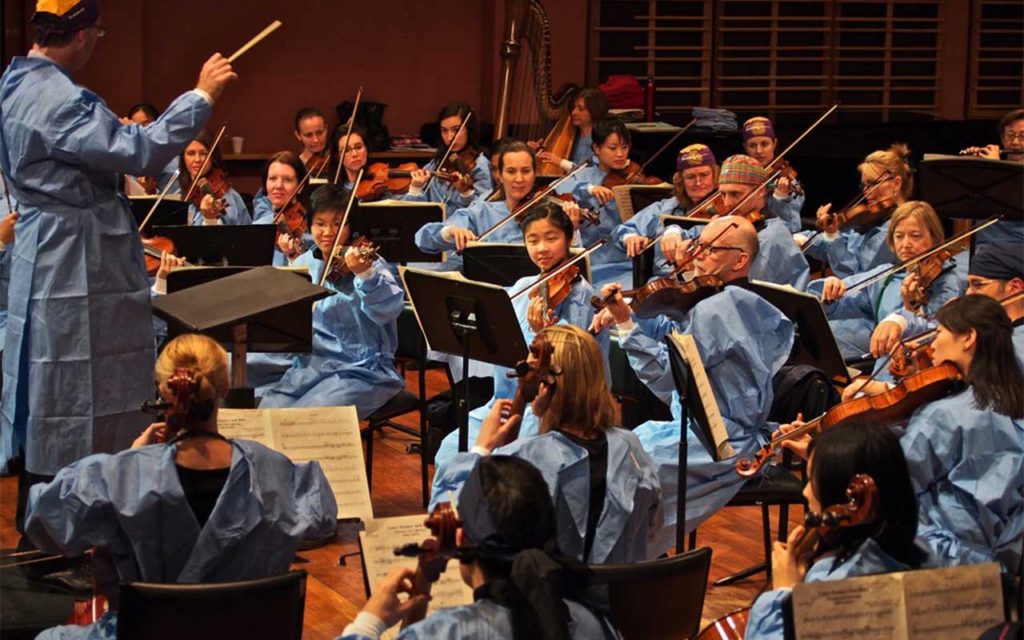 “It is so lovely to come together again” she says. “Each year this is the time just for me.”
“It is so lovely to come together again” she says. “Each year this is the time just for me.”
Louise cannot imagine life without the Doctors Orchestra. She values these opportunities which have helped her keep up her music despite a busy life with work and family commitments.
“As soon as I know the repertoire for the next concert, I download the music onto my phone and listen to it driving to work and during my exercise walks. That way, even if I can’t fit practice in that day, I’m at least becoming more familiar with the music.”
She feels the benefit of using a different part of her brain.
“Music calms me down. It is my escape. I feel as if my brain has been on a holiday. We strongly believe that taking care of our creative health helps us in our work and contributes to our general wellbeing.”
During the pandemic, many of our members confessed to regretfully neglecting their instruments. This is equivalent to an athlete stopping training. We can’t expect to keep up skills and techniques without practice. Not having a ‘marathon’ concert to train for stopped medical musicians in their tracks.
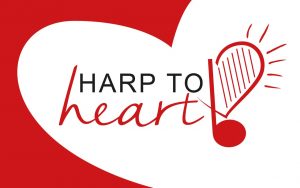 Musicus Medicus aims to improve the health and wellbeing of Australians by using the universal language of music to raise money for charities in medicine and the arts. For more information, go to www.thedoctorsorchestransw.com.au
Musicus Medicus aims to improve the health and wellbeing of Australians by using the universal language of music to raise money for charities in medicine and the arts. For more information, go to www.thedoctorsorchestransw.com.au

